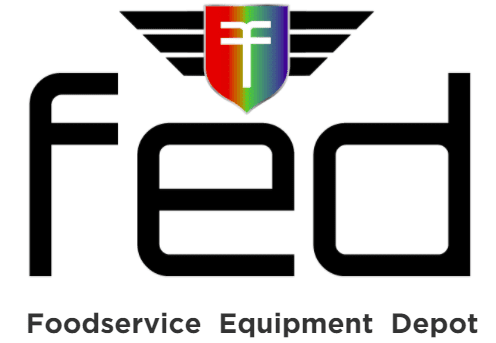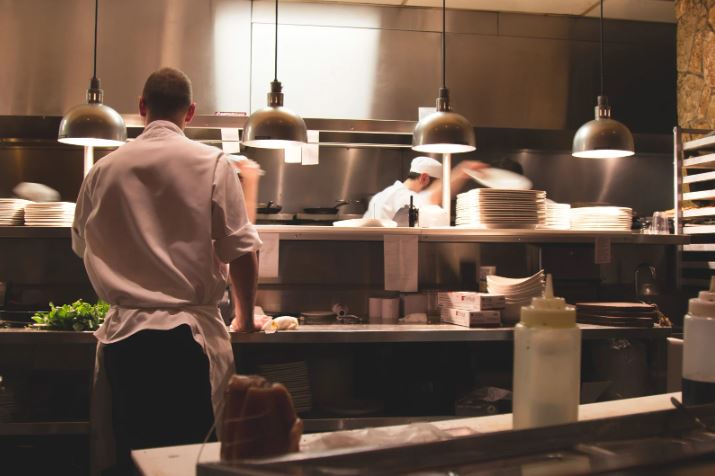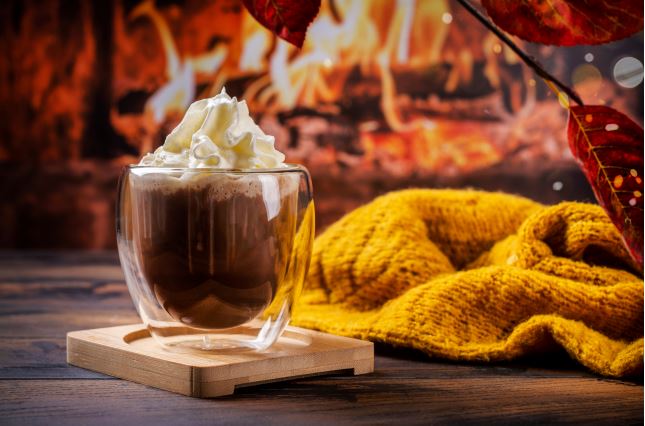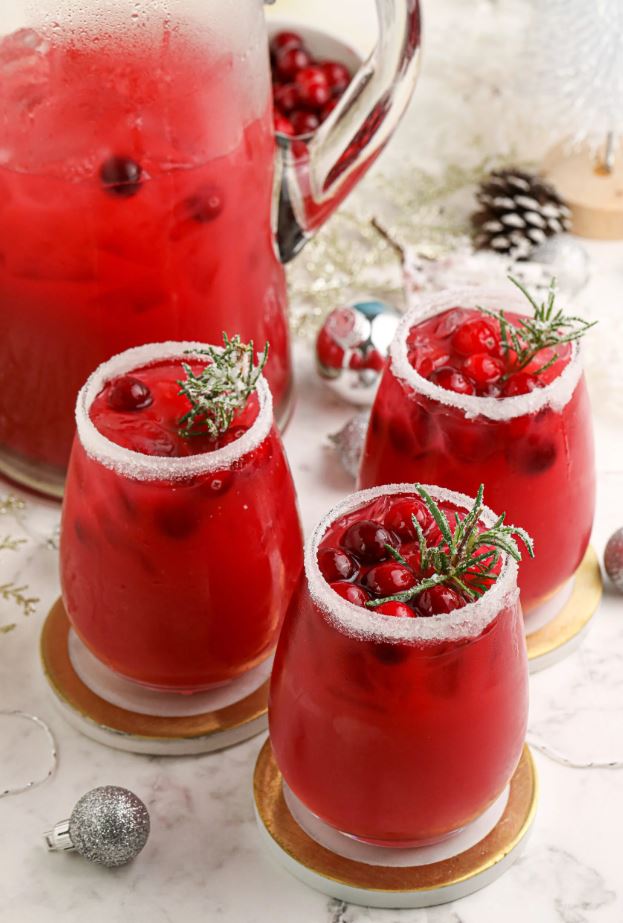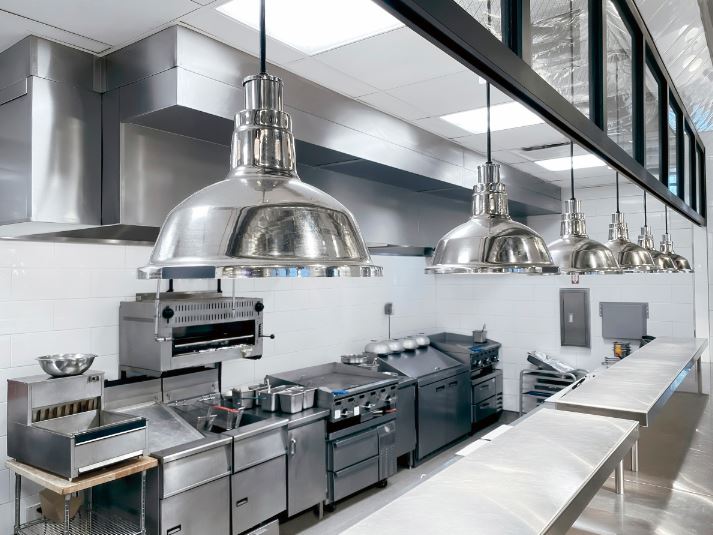
Maintaining Your Commercial Food Equipment: A Recipe for Longevity
The effectiveness and dependability of your restaurant equipment can make or break your business in the fast-paced world of commercial kitchens. The key to making sure your commercial food equipment runs well, prevents unplanned malfunctions, and has a longer lifespan is routine maintenance. Let’s look at some essential advice for
